Originally featured in The Drum
The ad world is laser-focused on data. Brands are trying to identify the data at their fingertips while also determining how much data will be available for their ad campaigns in the future. This is especially true in the digital space, where looming changes could lead to pain points. However, many brands are stuck at the beginning. They are having trouble organizing and mining their data, not only for digital, but across all channels. One key question that keeps popping up is: “Where do we start?”
Fortunately, the answer is simple: start with your data dictionaries.
“OK... but what if we don’t have a data dictionary?”
Well, then you need to create one. The optimal time is now. Data dictionaries will become increasingly important in the post-cookie future of audience building and ad targeting.
So, what is a data dictionary?
Let’s review the basics. A data dictionary is a centralized repository of metadata. It’s data about data and it offers information based on how and where the data was collected.
Organizations have many sources of data, from web and e-commerce data, in-store shopper data and loyalty data, to customer service data and promotion response data. With such variety across industry and business models, each data dictionary’s contents will differ from brand to brand. You may find you need different dictionaries for different data sources or systems, but there are some common components that can be included within a useful data dictionary format.
This information includes:
- Field names contained in all the organization’s databases
- Where the data is stored
- How data is used
- Data types including integer, real and character
- Description of what each database field means
- Source of the data for each database field
- Relationship between fields within the databases and with other data
- Which departments and people can access the data (data security requirements)?
- Data integrity parameters
Why are data dictionaries so important?
Whether expanding an existing dictionary or starting from scratch, a data dictionary can be revelatory in unveiling what data is available and how the data can be applied and used within the organization. A data dictionary will allow your team to get a unified view into the data your company has, and that data can be used to create personas and customer profiles. The marketing team is a great place to champion the creation of a data dictionary, as the increased visibility and knowledge will help drive a more stable long-term data-driven marketing strategy in the face of rapid change.
This is important amid the current rush to catalog first-party data, because the exercise of building out a data dictionary may identify new kinds of data that the marketing organization was previously unaware of. It may also find that some things that the organization thought of as the bedrock of their data strategy aren’t quite up to snuff, and need to be cleaned and organized in order to be effective. This may include identifying the proper use of datasets based on permissions, or flagged data that needs to be compliant with state and federal regulations.
The exercise may also identify accurate linkages of personally identifiable information (PII) or Customer IDs, which can then be used to consolidate duplicative records. While it seems obvious that brands should streamline their data to define a unified customer view, having multiple consumer IDs across data sources wreaks havoc for many brands.
Ultimately, data dictionaries serve as a roadmap to painting a clear picture of your audience and what you know about those in your database. The roadmap will drive marketing decisions and serve as the foundation of effective communication, better customer experiences and a competitive advantage.
A data dictionary may also serve as the foundation for expanded metadata management programs – especially important for organizations with extremely complicated and overlapping tools and data systems. Beyond your organization, a data dictionary will also help you more efficiently identify and execute on partner data that can add value to your first-party data.
Creating or updating a consolidated data dictionary
With the spotlight on first-party data, every brand’s goal is to pull disparate datasets together to make them useful and accurate, and gain insights that can be used for marketing and sales purposes.
To create a data dictionary, start by answering the following questions:
- Who needs to be involved in the dictionary creation process, and who currently has access to first-party data?
- What first-party data does our organization have access to? How regularly is it updated and how long do we keep it?
- What privacy or security concerns apply to our data and use of that data?
- Do we understand the fields of data and what they mean?
Armed with answers to these questions, a brand can then move into figuring out how to organize the data. A data dictionary is a key component in getting the biggest bang for your buck. Since you already have a collection of data, understanding the data sources and analyzing the data to gain insight will benefit the organization as a whole.
Before you can even think about what to do within the marketplace and how ad targeting will be changed in the future, you need to know everything about the data you already have in your pocket. A data dictionary will be the first draft of your roadmap to keeping pace with change, but maintaining an accurate data dictionary will never go out of style and guarantees an invaluable asset to face unpredicted changes that may lie ahead.







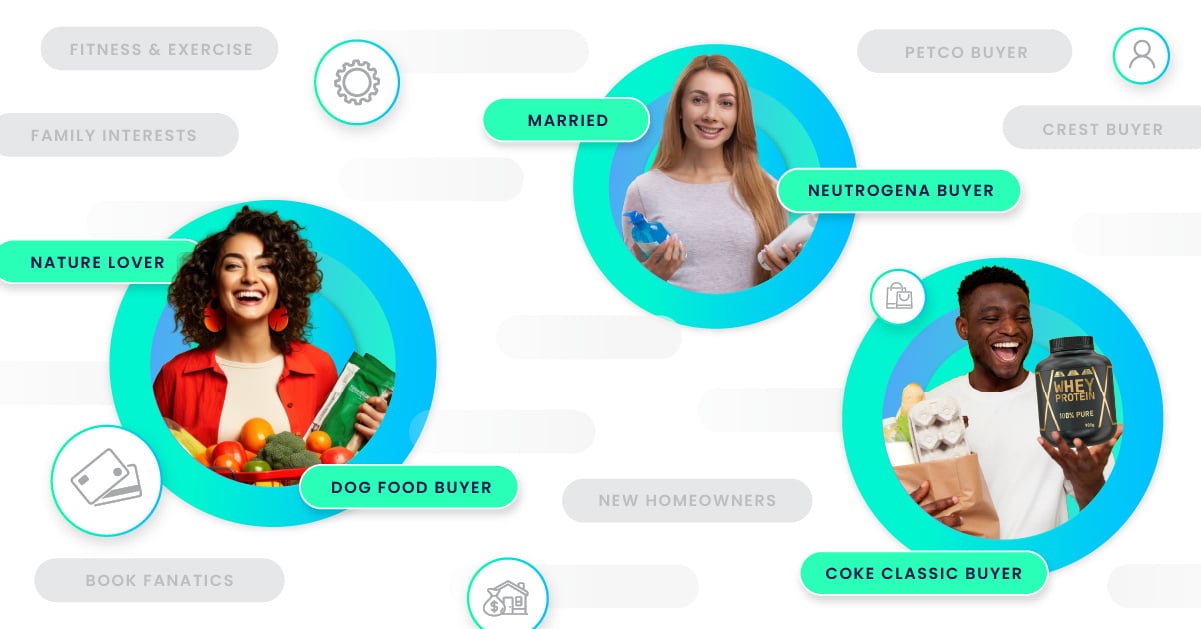











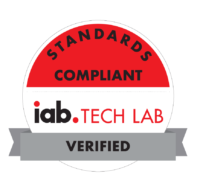
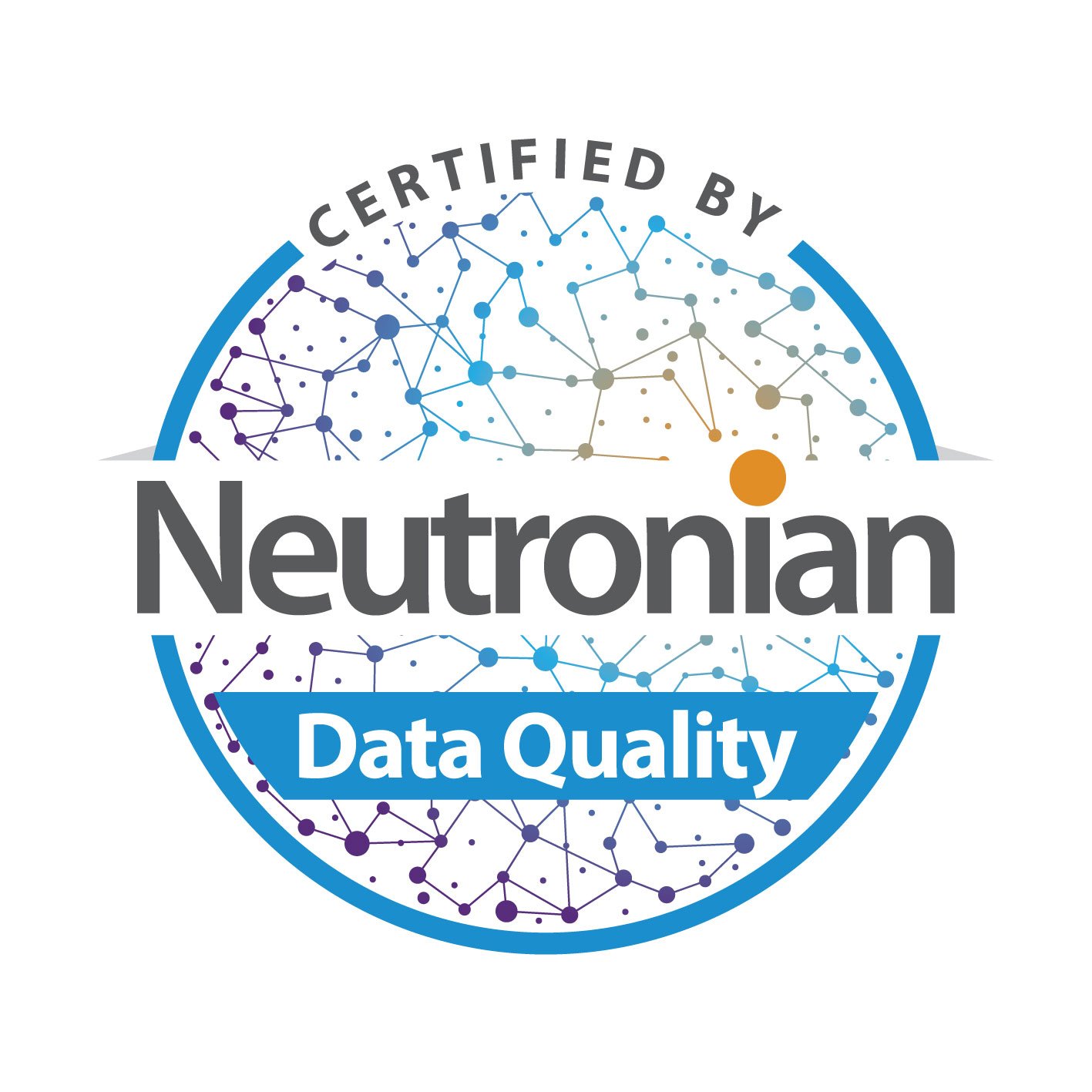
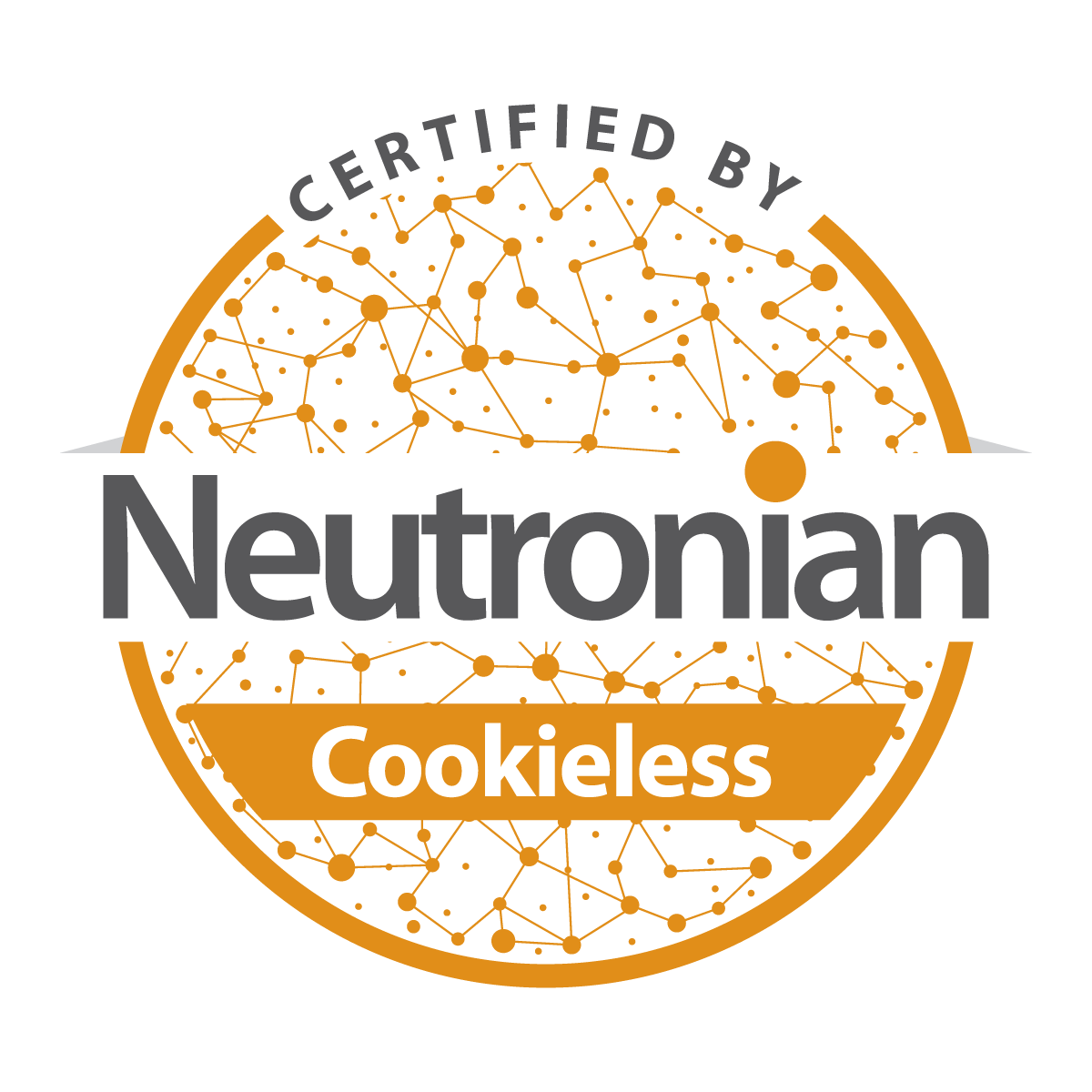
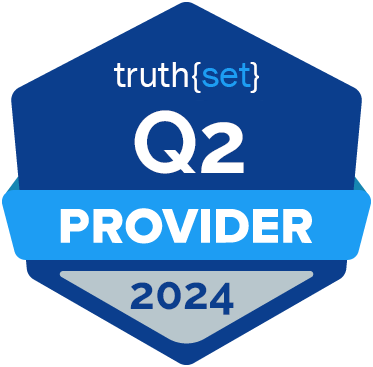
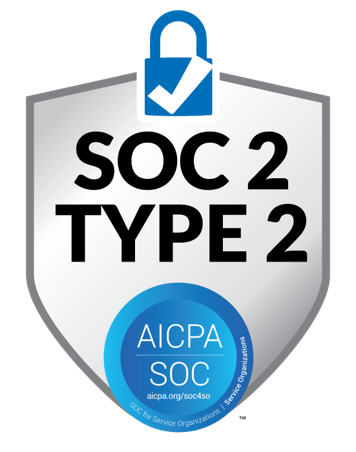






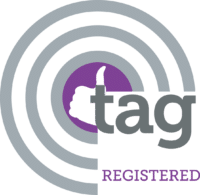
Submit a Comment